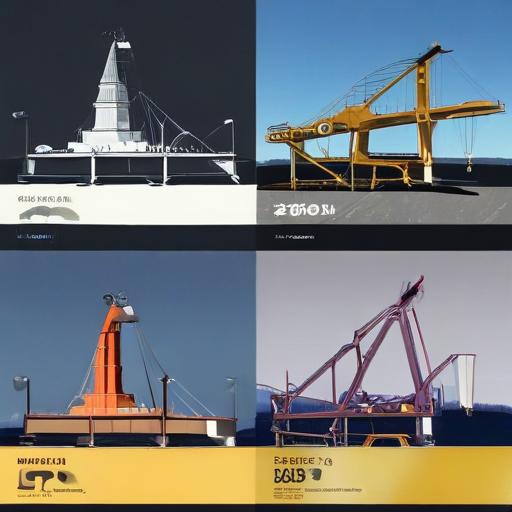Alaska moves forward on Arctic infrastructure with federal support, reframing Washington’s role from distant regulator to active partner
Alaska is pushing ahead with a sweeping plan to modernize its Arctic transportation network, arguing that federal backing can unlock the state’s vast energy and mineral potential while boosting safety and economic opportunity. The piece frames a shift from four years of perceived Washington obstruction to a collaborative approach where federal policy aligns with Alaska’s development priorities.
The article emphasizes that Alaska’s beauty and vast wilderness mask a harsh logistical reality: 82% of communities lack road access, turning the state into a sprawling network of isolated hubs that function like an enormous island chain. The author argues that upgrading infrastructure is essential not only for national security but for unlocking economic prosperity across the state. The Trans-Alaska Pipeline is highlighted as a historic feat of engineering, with the implication that similar investments are needed to develop Arctic ports and shipping lanes in places like Anchorage and Nome.
Key funding figures cited in the piece include more than $330 million from the U.S. Department of Transportation to support northern maritime efforts, $120 million for the Don Young Alaska Aviation Safety Initiative (DYAASI) to modernize Alaska’s aviation networks, and $80 million earmarked for new weather observation systems. The article notes that more funding is expected as the plan progresses, signaling a sustained push to overhaul Alaska’s transportation backbone.
In the broader Arctic context, the author argues that robust maritime and aviation infrastructure is essential to maintaining peace and stability as the region gains strategic importance. Alaska’s resource potential is framed as critical to America’s energy and mineral independence, with Washington urged to move beyond permitting and toward active investment in the state’s critical infrastructure.
The piece concludes by asserting that aligning federal and state efforts will not only deliver concrete infrastructure benefits but also get Washington “on board” with Alaska’s long-standing requests to responsibly harvest the state’s resources.
Summary: The article makes the case that federal investment in Alaska’s Arctic infrastructure—maritime and aviation networks, ports, and weather systems—will accelerate resource development, improve safety, and strengthen national security while positioning Alaska as a key driver of the United States’ energy strategy.
Context and considerations: The funding figures cited are tied to federal budget processes and would require verification against official budget documents. Prospects for these projects will hinge on timely appropriations, procurement, environmental reviews, and meaningful engagement with Alaska Native communities and other local stakeholders.
Positive outlook: If these investments materialize, Alaska could see improved connectivity for distant communities, safer air travel, better weather data, and a more resilient framework for responsible energy and mineral development that benefits residents and the nation alike.
Potential caveats: Real-world implementation will demand careful coordination across federal, state, and local agencies, transparent oversight to control costs, and ongoing input from Indigenous groups and local communities affected by large-scale infrastructure and resource development.
Note: This rewritten piece reflects the points and themes presented in the source article, framed for a broad audience while clearly indicating where figures are policy claims and would require official verification.
